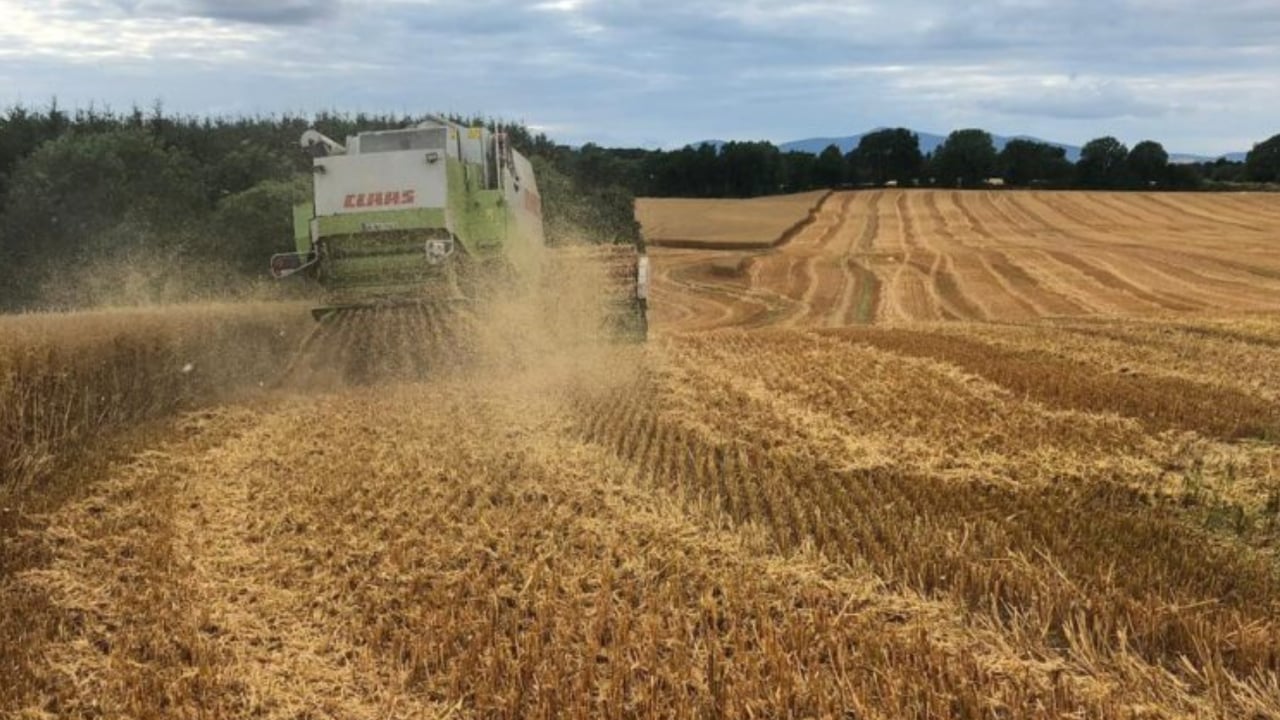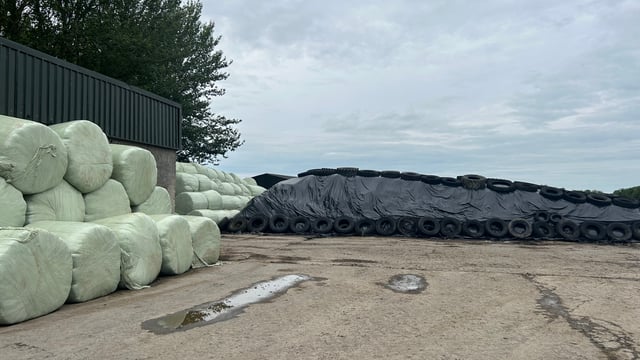What is the value of chopped straw?
Teagasc has recently published figures, which put a financial value on chopped straw that is returned to the soil. They add to the current chopping versus baling debate.
While individual deals will be done for baled straw, its value as an organic manure can be calculated based on the total amount of phosphorus (P) and potassium (K) contained in the straw which is being returned to the soil.
So what do these figures look like?
Where spring barley is concerned, expected straw yields will be in the region of 7.5t/ha. Based on known P and K values, the overall fertiliser value amounts to €55/ha.
The equivalent figures for winter barley, winter wheat, winter oats and oilseed rape are: €58, €64, €91, and €32/ha respectively.
Teagasc tillage specialist Shay Phelan commented: “Where the plan was to chop late-harvested cereal crops, perhaps a solution would be to chop the headlands regardless and bale the centre of the fields.
“Straw on the headlands tends to be driven on and so is usually the last to be dry enough to bale; chopping the headlands in late-harvested cereal crops makes sense regardless of any scheme.”
According to Teagasc, where straw is chopped, there are also the other benefits that are more difficult to calculate.
Such benefits include the biological and physical improvements to the soil, especially where straw incorporation has been done over a number of years.
Soil compaction could be a real issue in September-harvested fields with heavy balers, loading shovels, bale trailers and possibly even trucks moving in all directions across the fields.
“One common comment that many growers will often say when they chop straw is that it helps to get fields cleared quicker. This also helps to reduce costs significantly at a very busy time of the year," Phelan continued.
“Not having to bale straw and remove it will also allow the grower to get other work completed, such as drilling autumn crops or stubble cultivation, on time.
“This may prove to be as important given how the weather in October and November over the last two years impacted winter cereal crops.”
Regardless of the Straw Incorporation Measure (SIM) or not, the rules regarding stubble management are still in place.
Growers must cultivate stubbles within 10 days of harvest or straw being removed. However between 20% and 25% of the total cereal area must be left idle for ground-nesting birds.
The stubble cultivation rules are only applicable in the following counties: Carlow; Cork; Dublin; Kildare; Kilkenny; Laois; Louth; Meath; Offaly; Tipperary; Waterford; Westmeath; Wexford; and Wicklow.
If there are weeds where light is needed to break dormancy, farmers can apply to leave stubbles untouched for a period of time. However this must be verified by an agronomist.
Late-harvested crops are exempt from stubble cultivation. These include potatoes, maize, beet or cereal or bean crops, harvested after September 15.





